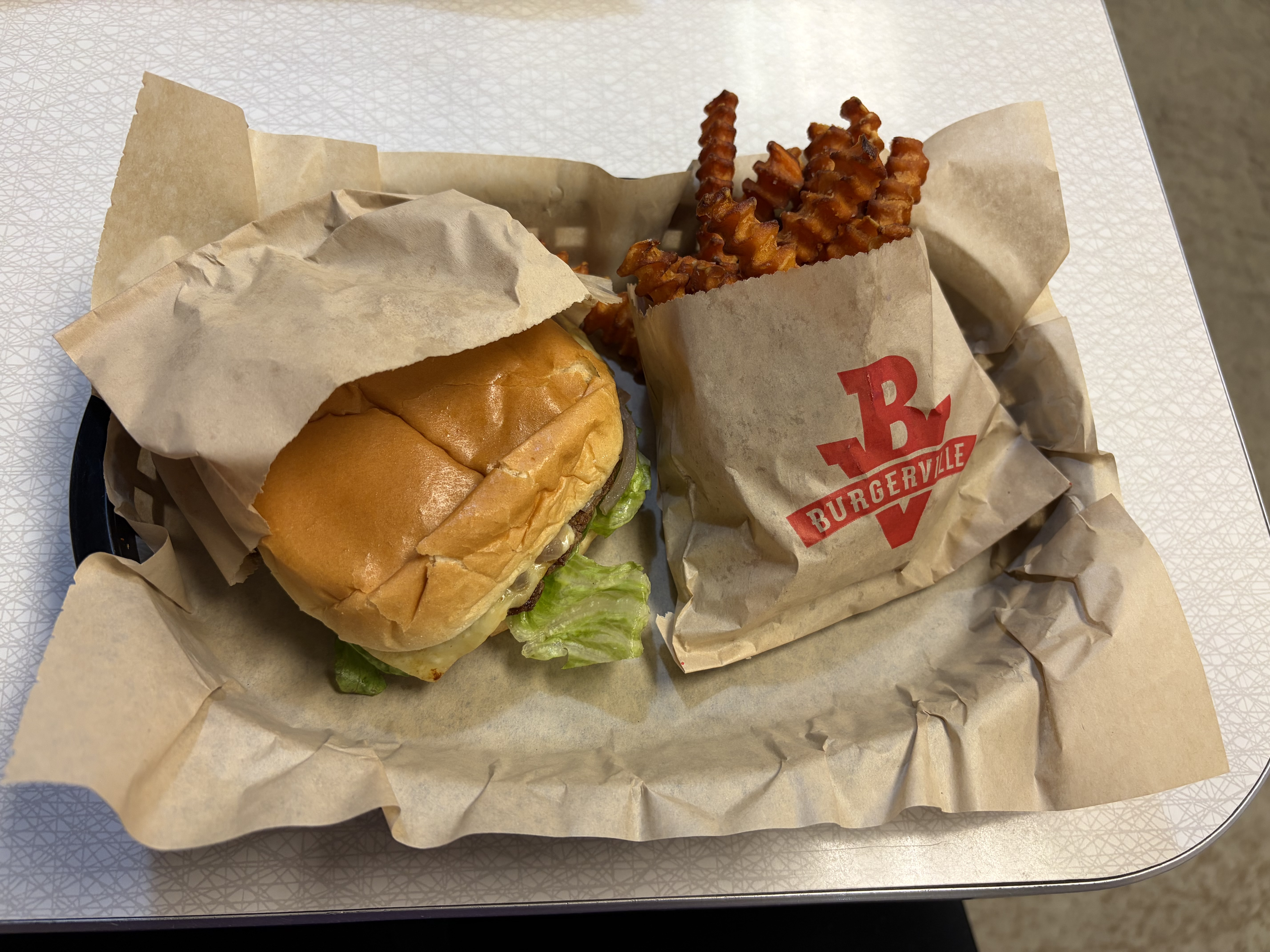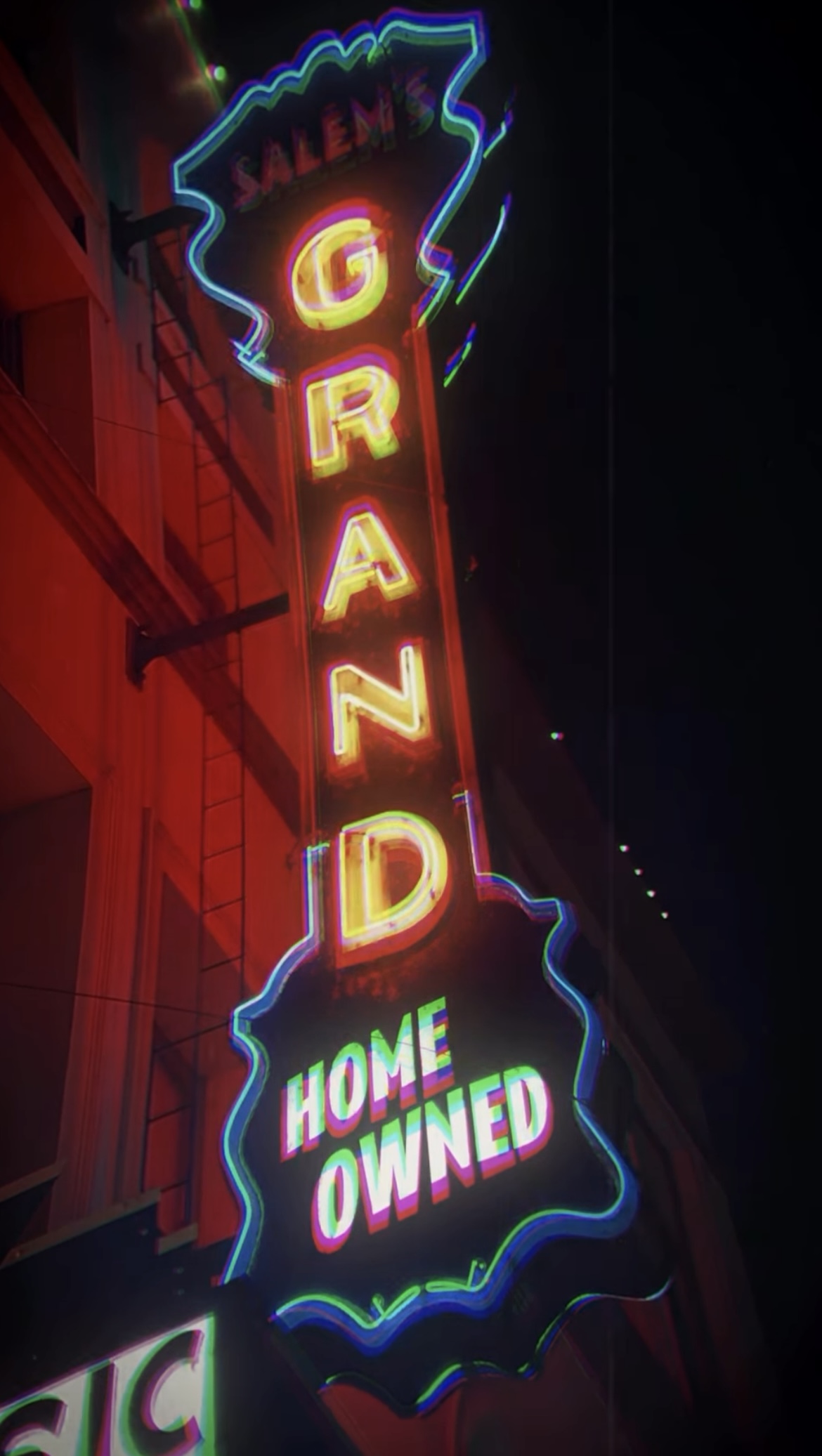
Oct 29 2025 | Belen Ponce Leal | Lifestyle Editor
It’s always interesting to see what kind of menus companies can come up with for a spooky season. Whether it be dyed foods designed to look like pumpkins, sweet ice cream treats with candy bits in them or some locally sourced ingredients used creatively, there is no end to the trend. I thought it would be interesting to discover what kind of spooky-themed foods to try out before the end of the month.
Burger King is well known for their advertising of their special limited-time menus. Right now, they have what they call the “monster menu.” The main staple of the menu is the Jack-O’-Lantern Whopper. It is a version of their famous Whopper burger with a “naturally colored orange bun” with black sesame seeds. While it does have a festive appearance, it has been described by many as tasting basically the same as a regular Whopper burger. Some other items they are selling are Vampire Nuggets, Mummy Mozzarella Fries, the Franken-Candy Sundae and, at certain locations, a trick-or-treat basket.
At the moment, McDonald’s might not have much of a Halloween menu as they are currently focused on their Monopoly-themed one, but the Boo Buckets have returned once again. During October, McDonald’s will give out Happy Meals in what is called a Boo Bucket. They are plastic containers that can double as trick-or-treat buckets. The classic designs have returned, which are the ghost, pumpkin and goblin. However, there are two new additions to the roster this year, which are a black cat and a zombie bucket.
IHOP has come out with some delicious pancake flavors for the season. Obviously, the pumpkin spice pancakes have returned, with the option to make them a short or full stack. They have been described as tasting very good, soft and buttery. The item that I find the most interesting and most delicious is the coffee cake pancakes. Made with cinnamon streusel, cinnamon spread layering and cream cheese icing, these coffee cake pancakes have a delicious crumbly texture.
Burgerville is known throughout Monmouth for being a great place to eat, as it prides itself on locally sourcing its ingredients. All their food is fresh and delicious throughout the year.
Their seasonal menu is composed of their pumpkin shake, apple crumble sundae, harvest cider iced tea, sweet potato fries and, their star of the menu, the Vampire Slayer Cheeseburger. This burger, along with all of their others, has a pasture-raised natural beef patty. The cheese on the burger is called Face Rock Vampire Slayer Cheddar, which is cheddar with a strong dose of garlic in it. That, combined with arugula, which is a leafy green vegetable with a sort of peppery, nutty flavor, makes the burger a fantastic mix of various flavors.
Every restaurant has a different strength, whether it be in design or flavor. I love how every year Burger King can come up with a menu that looks amazing, and even though it doesn’t taste very different, it is at least aesthetically pleasing. I also enjoy how Burgerville can come up with some amazing combinations of flavors in their burger while still being naturally sourced. While not all seasonal food is created equal, it is always endearing to see what companies can come up with to create delicious and good-looking cuisine.
Contact the author at howllifestyle@wou.edu





